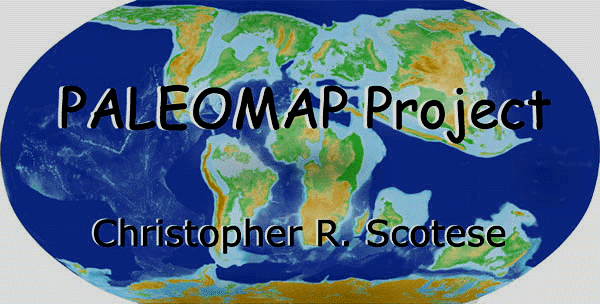
|
|
|
|
The Collision of India and Asia (90 mya - Present)
90 million years ago India rifted away from Madagascar and began its rapid movement northward, ultimately colliding with Asia between 55-50 million years ago. During the late Cretaceous (80 - 65 mya), India was moving at rates of more than 15 cm/year. No modern plate moves that fast. India's northward race towards Asia may be something of a plate tectonic speed record. The reason it moved so quickly was because it was attached to a large oceanic slab of lithosphere that was subducting beneath the southern margin of Asia. As India moved northward a string of islands were created along its southeastern trailing edge. These islands form the 90 E Ridge and were generated at the Kerguelen hotspot (just southwest of Australia). After India collided, Australia was released from Antarctica and it began to move northward towards S. E. Asia. Australia is currently in collision with Asia. In the future we can expect Australia to continue moving northward, rotating counter-clockwise as it swings past Borneo and arrives at China's doorstep. The multi-colored pattern in the ocean represents the age of the oceanfloor. The symmetric pattern is the result of seafloor spreading. Red is the youngest ocean floor. This animation is available on CD-ROM in Quicktime format. For more information see Teaching Materials. The maps in this animation were produced by the program PGIS/Mac written by Malcolm Ross (for more information see Software)
This page uses a java applet that displays a VR model. Visit FreedomVR at www.honeylocust.com/vr/ for more information about this applet.
|